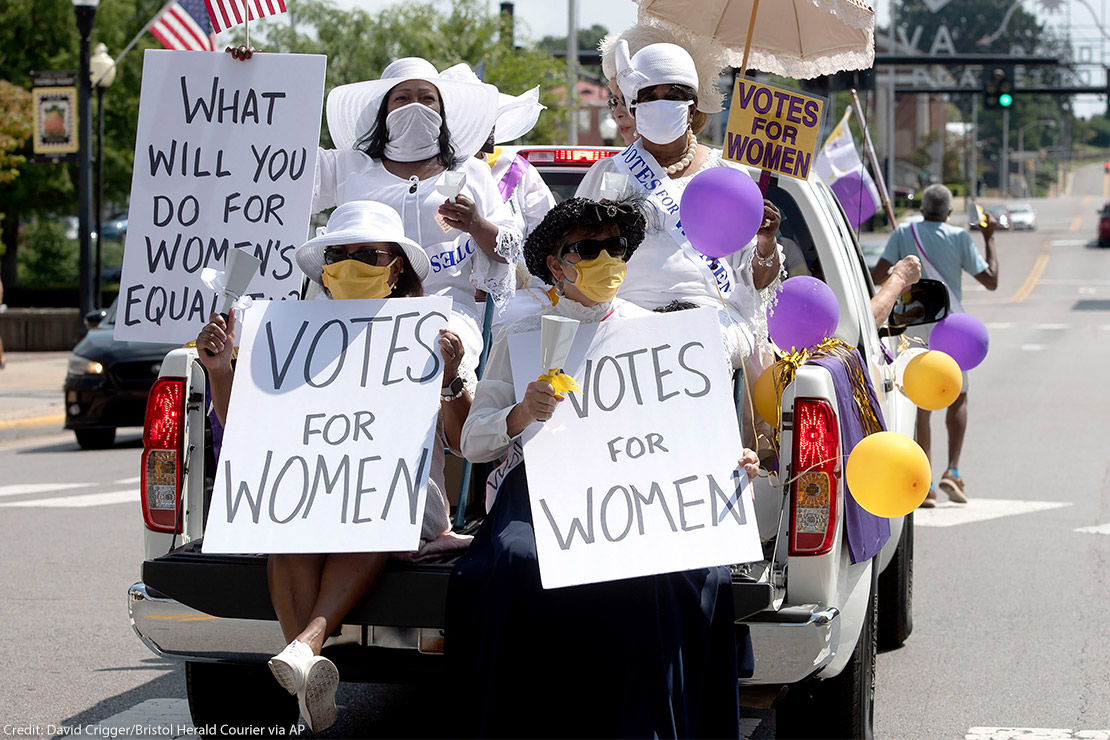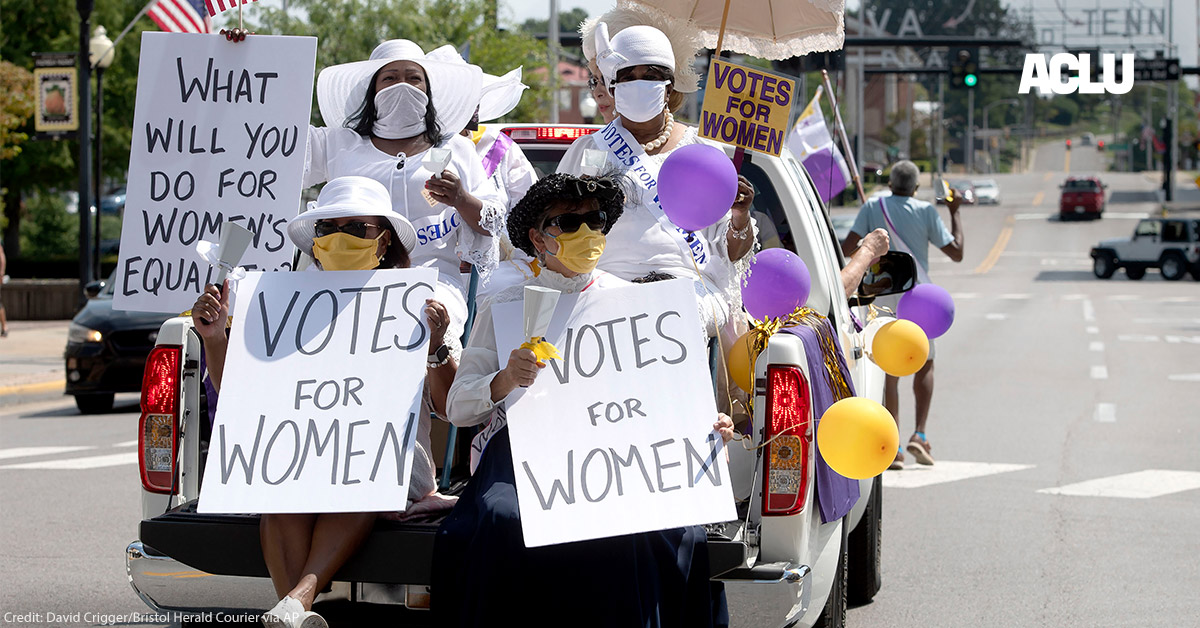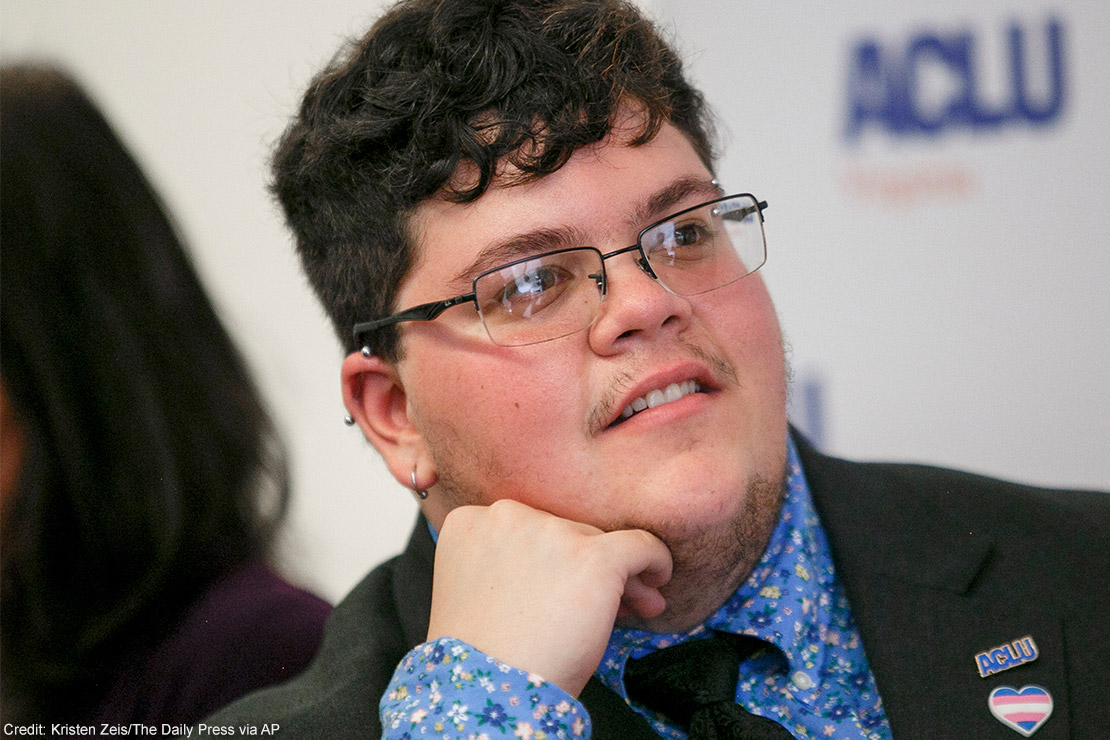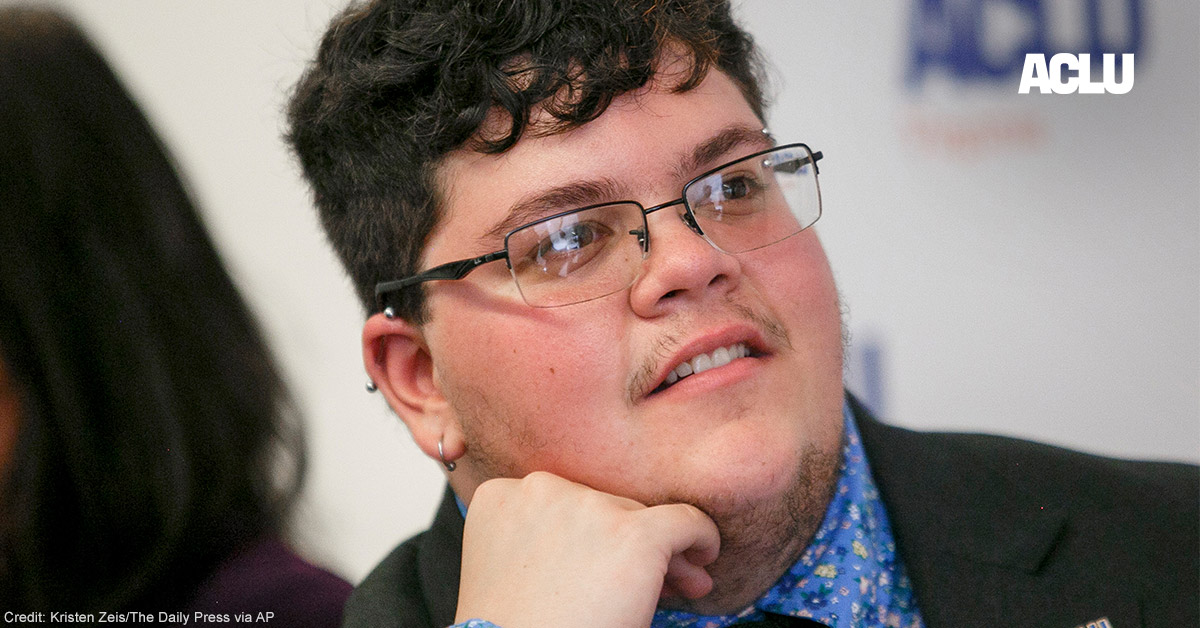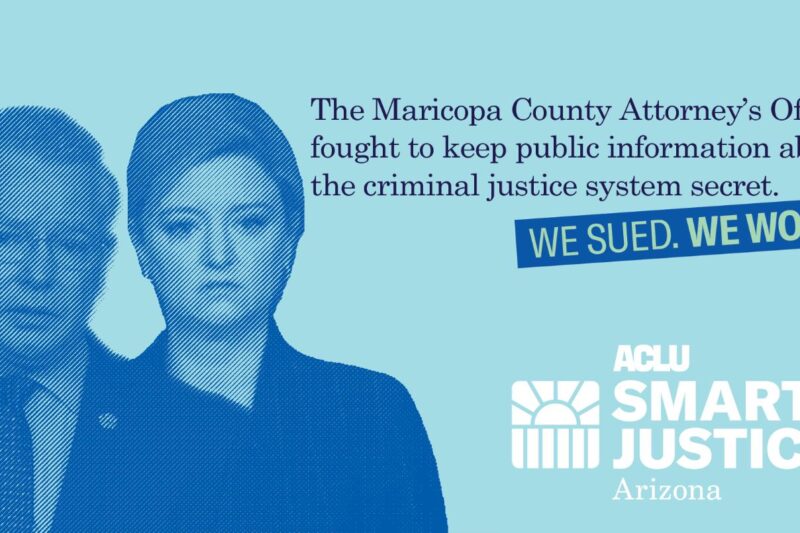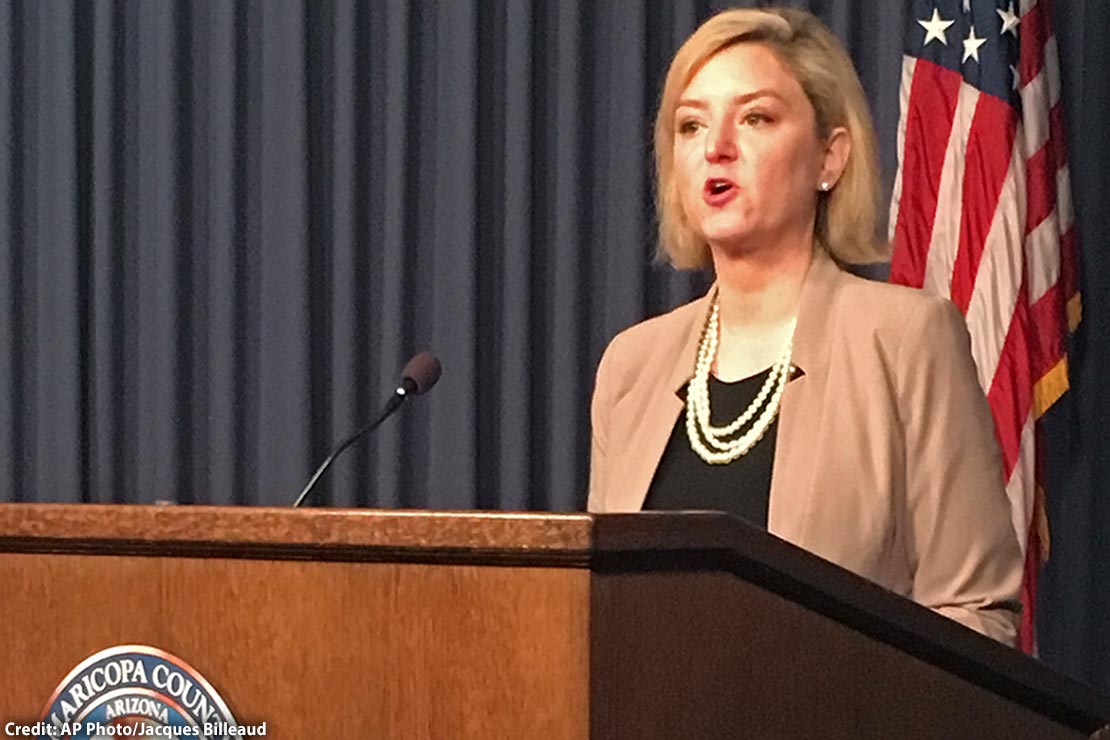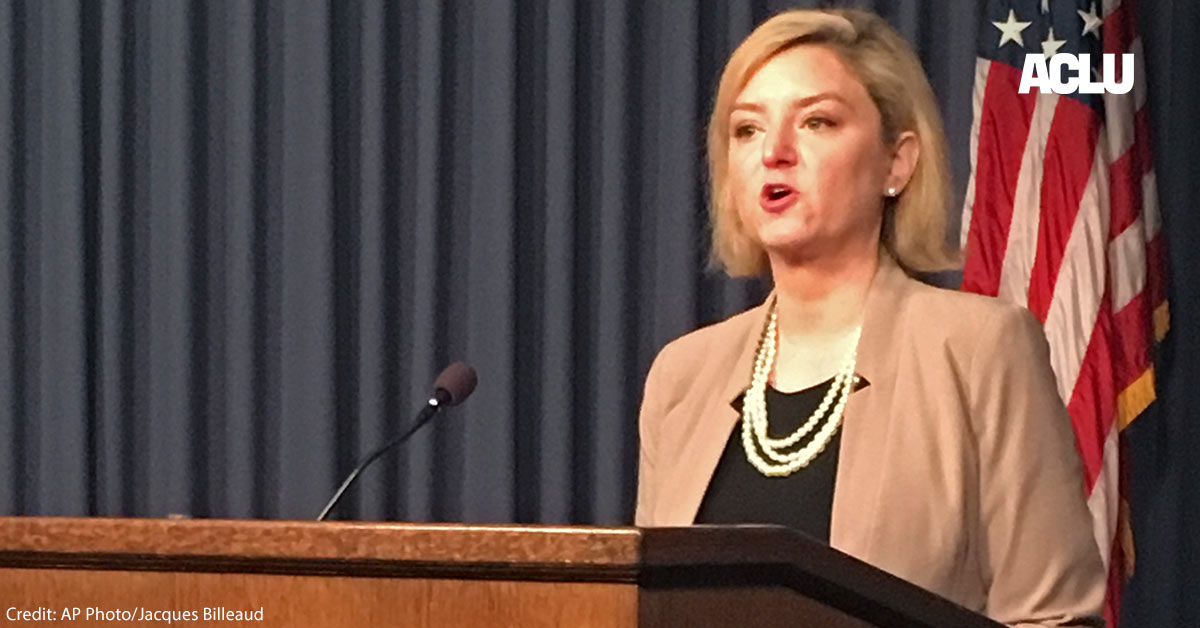One hundred years ago this month, the Nineteenth Amendment became part of the U.S. Constitution, giving women the right to vote in the single largest voting rights expansion in our nation’s history. However, as we commemorate this historic centennial, we must remember that not all women got the right to vote in 1920.
To this day, women who are people of color, transgender, incarcerated or formerly incarcerated, or have disabilities continue to face barriers to voting, along with other marginalized groups. We have more work to do to ensure that all women — and all people, regardless of gender identity — are able to exercise their voting rights.
Women of color
For many decades after the passage of the Nineteenth Amendment, Black women continued to be blocked from accessing the ballot by Jim Crow-era restrictions aimed at segregating Black Americans, like poll taxes and literacy tests. Native Americans were unable to vote in all states until the 1960s, even after being federally recognized as U.S. citizens in 1924. Asian American immigrant women were unable to vote until immigration and naturalization restrictions were lifted in 1952.
Through the Civil Rights Act of 1964 and the Voting Rights Act of 1965, Congress took action to ensure that communities of color were able to register to vote, cast their ballots, and elect representatives of their choice. However, relics of the Jim Crow era persist in our legal and electoral systems.
Incarcerated and formerly incarcerated women
Felony disenfranchisement laws strip voting rights from millions of people convicted of certain felonies—and can prohibit people who have felony convictions from voting while incarcerated, while on parole or on probation, or even after completing their sentence. These laws, enacted in the immediate aftermath of the Civil War, were deliberately designed to target Black populations and enshrine white supremacy. Due to the racist roots of our nation’s mass incarceration crisis, the majority of those barred from voting under these laws continue to be people of color, especially Black men.
Women make up an increasing part of the population harmed by felony disenfranchisement, as their incarceration rates are growing at more than twice the rate of men. By 2017, over 1.3 million women and girls—disproportionately people of color, and from low-income communities—were incarcerated, on probation, or on parole.
Trans women and other trans and non-binary people
Trans women, and the trans and non-binary community at large, also face barriers to voting due to voter registration forms and voter ID laws that ask for gender and do not permit voters to update their names, gender markers, or photos. Currently, 36 states have voter ID laws, and 18 of those states specifically require a photo ID. Such laws pose a barrier to trans voters, for whom updating identification cards can be a significant financial and administrative burden. Even in states that do allow trans and non-binary people to correct their IDs, voters often have to jump through hoops to do so. For example, trans people in some states are required to prove that they have undergone gender confirmation surgery, even though many transgender people cannot afford it, and some do not want it as part of their gender-affirming care.
Not only do these laws block hundreds of thousands of trans people from exercising their right to vote, they also further marginalize the trans community, serving as a stark reminder that the government does not respect their identities. Furthermore, these impacts are most keenly felt by trans voters who belong to other politically-marginalized groups; data suggest that “transgender citizens are more likely to have no accurate IDs if they are young adults (age 18-24; 69 percent), people of color (48 percent), students (54 percent), those with low incomes (less than $10,000 annual household income; 60 percent), or have disabilities (55 percent).”
Even in places where there are minimal legal and policy barriers for transgender voters, voting in-person can lead to harassment or discrimination — including from poll workers.
Women with disabilities
Historically, people with certain types of disabilities have been disenfranchised by state laws that explicitly denied the right to vote to people who were assumed to lack the “mental capacity” to vote. These laws were also used to justify the continued disenfranchisement of women and the Black community. Across the country, such laws are largely still in effect. As a result, on an annual basis, tens of thousands of voters are blocked from the ballot box without any judicial determination that they lack the capacity to vote.
Voters with disabilities also continue to face architectural, attitudinal, and even digital barriers to the franchise. Recent federal studies have consistently revealed that the majority of polling places surveyed were not fully accessible. Additionally, voters with disabilities are severely underrepresented in our political system, even though they make up one-sixth of the American electorate. Voters with disabilities are also far less likely to participate in elections than their peers, partially because of feelings of political alienation that are reinforced by the barriers they face when attempting to vote. Most states have made voter registration and absentee ballot application forms or portals, in addition to critical information about voting procedures, available online. However, few state election websites have been made fully accessible to allow voters with disabilities to navigate them autonomously.
On top of these barriers, the present pandemic has created additional hurdles for voters with disabilities, many of whom have medical conditions that render them at high risk for severe illness or death if they contract COVID-19. Urban areas, precisely where people with disabilities are more likely to be women, are where the health risks of voting in-person are most acute. COVID-19 has highlighted the need for universal and accessible mail-in voting. Voters with disabilities are more likely to live alone than the general population, meaning they are less likely to be able to vote by mail in states that require a witness requirement for absentee voting. They are also far more likely to live in congregate care facilities—which have been ravaged by COVID-19. Though residents of congregate care facilities account for only 1 percent of the U.S. population, 50 percent of all COVID-19-related deaths have occurred in those facilities.
Youth, caregivers, and immigrants
Young people, such as college students, may face difficulty meeting voter ID requirements if they go to school outside their home state. Several states prohibit students from using their student IDs to vote, and are increasing other obstacles for students, such as requiring them to prove their domicile or closing polling places on college campuses. Women are disproportionately affected by these restrictions, as the majority of students enrolled in higher education are women.
Most caregivers are also women, and specifically women of color. Roughly 85 percent of Black mothers and 60 percent of Latinx mothers are caregivers for their families as well as primary or co-breadwinners. Cutbacks to early in-person voting opportunities and lack of no-excuse absentee voting options for those seeking to vote by mail block many caregivers from accessing the ballot. Caregivers require more flexibility in voting hours and options to be able to cast their ballots.
More than 12 million immigrant women have become naturalized U.S. citizens. Naturalized citizens have lower than average electoral participation rates, partly due to lack of outreach from political campaigns, as well as widespread language access barriers. Unfortunately, because of disruptions caused by COVID-19, more than 300,000 immigrants may not complete the naturalization process in time to vote in the November election. These voters are disproportionately women, as women make up the majority of naturalized citizens from nine of the top 10 countries of origin.
The fight for suffrage continues
Since the passage of the Nineteenth Amendment, several critical civil rights protections have solidified access to the ballot, including the Voting Rights Act of 1965 and the Americans with Disabilities Act (ADA) of 1990. In 2013, the Supreme Court gutted provisions of the Voting Rights Act which protected voters from discriminatory election practices. The decision cleared the path for states to pass a slew of new voter suppression laws, many of which rolled back access to the ballot for historically disenfranchised groups, including women. Meanwhile, the ADA has been woefully under-enforced in the elections context.
Today, the ACLU is actively litigating to safeguard voters’ rights. We have initiated lawsuits across the country (20 and counting) to expand access to voting by mail to ensure that voters can vote safely from their homes, protect themselves and the public at large, and minimize the risk COVID-19 transmission while exercising the fundamental right to vote. We are also going to trial next month with our partners at the Native American Rights Fund to challenge a law that severely inhibits Native Americans’ access to the ballot.
The ACLU also went back to court this month to defend our victory protecting the voting rights of Floridians with past felony convictions. Before the historic passage of Amendment 4 in 2018, Florida was one of four states that banned voting for life for people convicted of a felony, disenfranchising more than a million people. Amendment 4 was one of the largest expansions of voting rights since the Nineteenth Amendment.
Throughout the country, activists are fighting voter suppression tactics and pushing to expand access to the ballot through the VRAA, the VoteSafe Act, and the HEROES Act. The ACLU is also advocating for the Accessible Voting Act, which would establish new protections for voters with disabilities, seniors, Indigenous voters, and language minority voters. Activists on the ground can also spread awareness with our Let People Vote educational resource on voting by mail, our Know Your Voting Rights pages, and by sharing our Let People with Disabilities Vote content.
On the 100th anniversary of the Nineteenth Amendment, we must remember that the law did not enfranchise all women equally and let that knowledge guide us as we march forward in our fight for voting rights.
Kristen Lee, Policy Analyst, ACLU,
Ihaab Syed, Equal Justice Works Fellow, ACLU,
& Leila Rafei, Content Strategist, ACLU
Date
Friday, August 28, 2020 - 11:45amFeatured image
